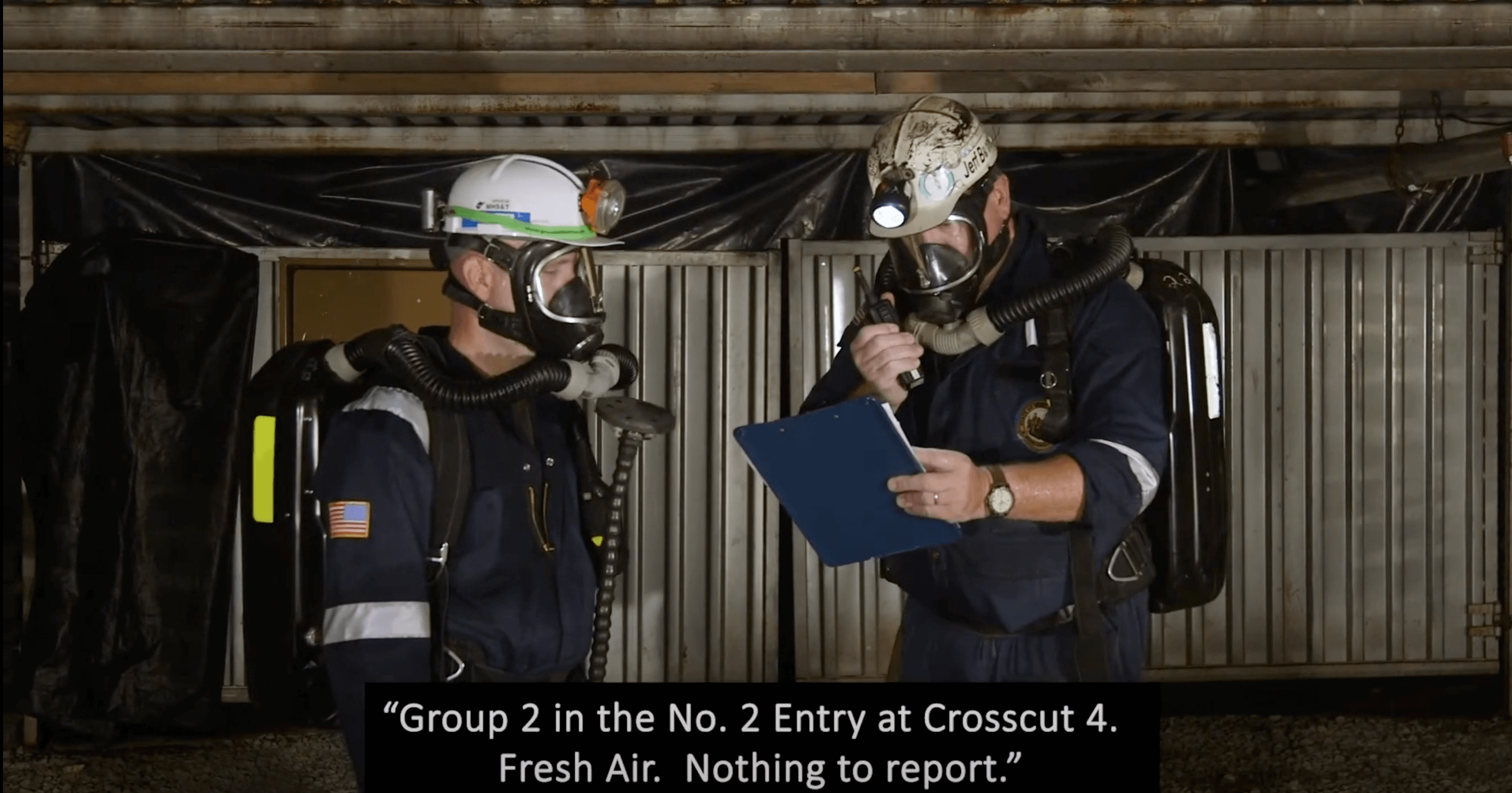
You’ve probably heard the old adage that a picture is worth a thousand words. Consider, then, how much more powerful a video can be.
A well-crafted video can hold your audience’s attention and help them understand an issue or retain key facts. And you don’t need the length of a typical major motion picture to do it. Short videos are the sweet spot for telling impactful stories that hook viewers, getting them emotionally invested in the outcome. These videos can drive action in a way that other mediums can’t.
In the legal arena, the power of video in telling personal narratives is extremely apparent. For example, a several-minute film utilized in a personal injury case can portray a story that might take pages and pages of writing in a legal brief or deposition transcript.
For personal injury attorneys, having a film like this in hand can bring their client’s experiences, emotions, and struggles to life for key decision-makers—ensuring a fair and expedient outcome in their case.
Reach your audience with a video to make a difference for your clients
In the event of a catastrophic accident, injury, or wrongful death, personal injury attorneys are tasked with documenting the story of a person and, in many cases, their family who are all now facing a very real, often daily, struggle.
Clients have experienced a damaging, life-changing event and are frequently in need of a settlement, insurance payout, or court award to help cover medical bills, caregivers, adaptive changes to their homes and cars, and other expenses. They are also likely dealing with limited or lost employment opportunities, as well as processing all the emotions that come with a traumatic event.
A day-in-the-life video can capture the details and emotions of clients’ day-to-day struggles in a way that legal documents simply can’t. Viewers can hear the person’s experience in their own words and clearly see the impact of the event on their families and lifestyle.
A short film can present opposing counsel, judges, juries, and other decision-makers with evidence they might not see otherwise. For an attorney, this video documentation can be key in reaching a fair and timely resolution that truly meets their client’s needs.
Getting the details right: How we film a compelling day-in-the-life story
Day-in-the-life videos depend on subject interviews to craft their narrative. Filmmakers need to be comfortable interviewing clients and their families or caregivers. They also need to work collaboratively with the attorney or law firm to effectively document the evidence needed to support the client’s case.
Interviewing intricacies: Sensitive, supportive, and client-first
In our experience filming day-in-the-life videos, we’ve found that personal injury attorneys appreciate knowing a caring production crew, one that is an extension of their team and sensitive to the needs of a client going through a challenging time.
Putting an interview subject at ease is multi-faceted—from traveling to their home or another location where they feel most comfortable to discussing what they should wear for their interview to asking sensitive questions and ensuring they feel supported throughout the entire process.
Having conducted hundreds of interviews, we’ve learned that it is important to be patient, empathetic, kind, and respectful during this process in order to capture relaxed, candid conversations. That way, the stories reflect the authenticity of the family and their situation, which often includes a range of emotions as they recount such difficult events.
The filming process takes time. People can be nervous or self-conscious in front of the camera. Making the subjects comfortable and bringing forth their natural voices and personalities are key factors in telling an authentic narrative—without overdramatizing.
Turning the raw footage into a short film
Mapping the raw footage from interviews into a cohesive storyline is the next step. Taking what can often amount to several hours of footage and editing it down to an 8 to 20 minute video requires experience and a skilled eye for the important details.
During this process, it is essential to convey a compelling, easy-to-follow narrative that hooks viewers almost instantly—and that has all the documentation required by the attorney to make their case. Once the storyline is established, the behind-the-scenes work—and magic—of video editing begins. This includes details like:
- Creating smooth cuts between interviews
- Adding “B-roll” or subsequent footage filmed outside the interviews
- Integrating any pre-existing media like family photographs, home movies, etc.
- Incorporating graphics and music, as desired
- Adding music where appropriate to keep the flow
While these items might sound small and easy enough to accomplish, how these details are executed can make the difference between a polished, professional film and a video that was obviously captured using a mobile device. In legislative cases when so much is at stake, you can guess which video will be more impactful.
Interested? We’d love to talk with you
At Post Script Productions, we take care of all the details to deliver a polished and persuasive film—one that takes an honest, authentic look at the challenges facing clients and their families. In addition to day-in-the-life videos, we also offer client testimonials, site inspections, and settlement films.



Recent Comments